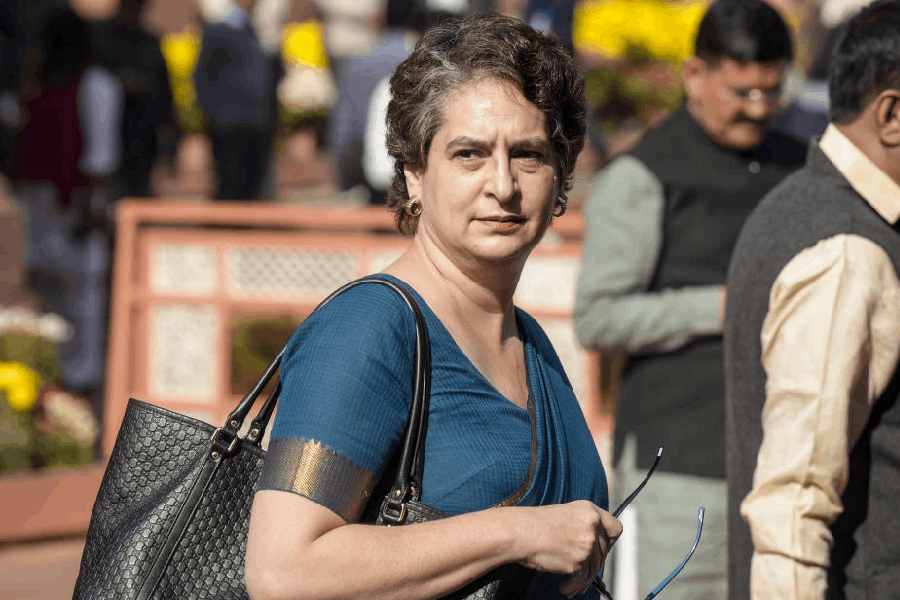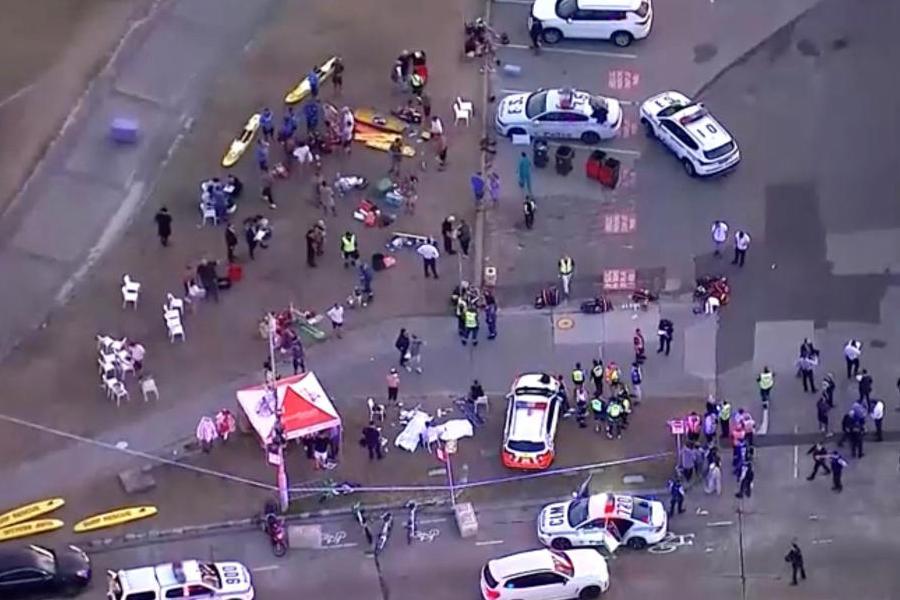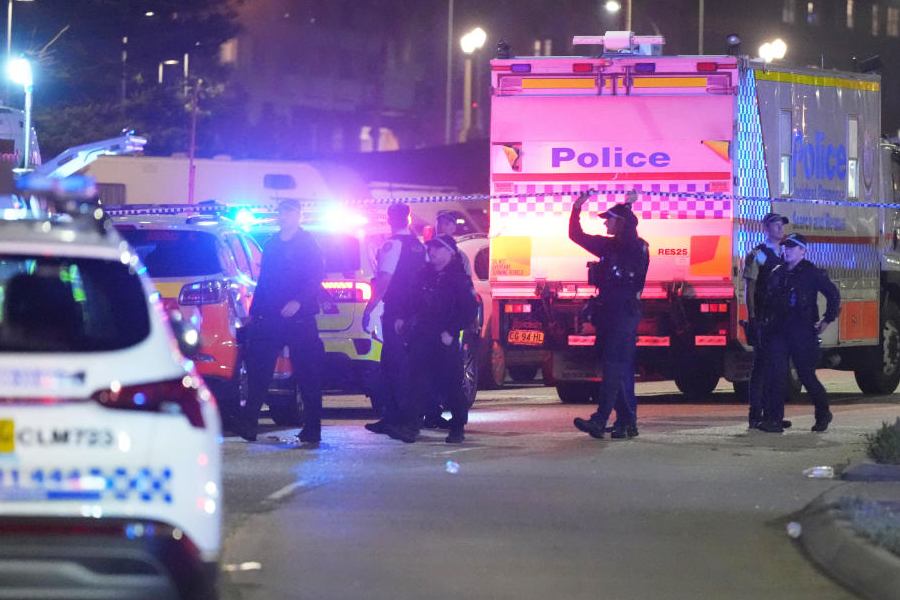 |
More than four decades ago, people living in Kolaghat, Amalhanda, Baishnabchak, Gopalnagar and Khangdihi under Kolaghat tehsil of former undivided Midnapore used to cross Roopnarayan river by country boats. They came to Howrah’s Bagnan, Deulti, Ghoraghata and other places to trade in vegetables, flowers, jute, rice, mustard seed and other things. People from Howrah also crossed the river to sell engineering parts, machinery, medicines, garments and other things to the people living in Kolaghat tehsil.
 |
| (Top) The Kolaghat rail bridge over Roopnarayan river and (above) the old Kolaghat Bridge built for better road transport. Pictures by Gopal Senapati |
In 1894, the Board of Directors of Bengal Nagpur Railway put up a proposal to lay the Sini-Midnapore-Calcutta extension line. But they feared that the proposed extension line might reduce the traffic on the Sini-Asansol main line. Goodfellow, the auditor of Bengal Nagpur Railway, was asked to investigate the issue. After detailed investigations, Goodfellow reported that the construction of the Sini-Howrah line would enormously develop the flow of traffic from the Central Provinces towards Howrah. At the end of August 1895, the government of India sanctioned the construction of the line and the Kolaghat rail bridge over the Roopnarayan was opened on 19 April, 1900.
The rail bridge over the river not only closed the gap between Midnapore and Howrah but also connected Howrah with central and southern parts of the country and helped develop business and trade manifold within a few years. However, in the late sixties when Howrah was at the top of the country’s industrial map, the then chief minister Bidhan Chandra Roy felt the need for constructing a road bridge over Roopnarayan to boost road transport between West Bengal and the rest of the country. It was a time when manufacturers and traders all over the country looked forward to the Howrah industrial belt for engineering machinery and machine parts.
The state Public Works Department (PWD) started construction of the bridge in 1962 and completed it in 1967. With the construction of Sarat Setu, popularly known as Kolaghat Bridge, trade and business with Mumbai, Ahmedabad, Odisha and other provinces of central and western part of the country increased rapidly. Meanwhile, in 1994, the central government formed the National Highway Authority of India (NHAI) and building and maintenance of all the national highways were assigned to the newly formed body.
For the last one and half decades, the pressure on Kolaghat Bridge mounted after the broad and smooth four lane NH6 was built in 1998 as part of the Golden Quadrilateral project connecting the four major cities of Delhi-Mumbai-Chennai-Calcutta with chains of roads and bridges, a brainchild of the then prime minister Atal Behari Vajpayee.
In 2000 the NHAI took over Kolaghat Bridge from PWD. It was found that the narrow two-lane bridge was not enough to take on so huge a traffic load anymore. In 2000 it was found that the Passenger Car Unit (a unit to express highway capacity) reached 35,000 unit on NH6 and NHAI decided to expand the NH6 from four-lane to six-lane. “With PCU close to 40,000, NHAI decided to turn the four-lane NH6 to six-lane from Dankuni to Kharagpur.
Naturally, the expansion of Kolaghat Bridge was necessary. With the increase in the volume of traffic, jams on the two-lane bridge were a daily affair and it took considerable time to cross the bridge. So it was decided that two bridges would be built – one to the right of the old bridge and another to the left of it through which up and down cars would pass smoothly,” said Raja Chatterjee, manager, technical, NHAI.
 |
| The new bridge coming up next to the old one will help in smooth flow of traffic |
Accordingly, a global tender was floated and the contract was assigned to Bhagirathi Engineering Ltd. The company was asked to complete the construction by 2010. But the company left the work halfway, citing rising cost of construction. NHAI then floated another worldwide tender and finally the contract was given to Ashoka Buildcon Ltd. on condition that the construction will have to be completed within 30 months. “We have completed the construction of one bridge within 10 months and opened it for movement of vehicles. Construction of another bridge is on on the left side of the old bridge. It will be opened in April 2013,” said Pradip Mukherjee, spokesperson of Ashoka Buildcon Ltd.
He claimed that the new 15 meter three-lane bridge has already reduced traffic jams considerably. The NHAI authority said that besides two 15-meter wide three-lane bridges, the old bridge would help smoothen movement of traffic on the road. “On October 15 and 16, 2011, thousands of cars had to stand in long queues after a loaded truck broke down on the bridge. It took us more than 12 hours to remove the truck from the bridge and start traffic movement again. It was then that we felt how necessary it was to have another flank,” said a senior officer of NHAI. He said that in case a vehicle broke down on one of the two bridges, traffic would be diverted through the old bridge.











